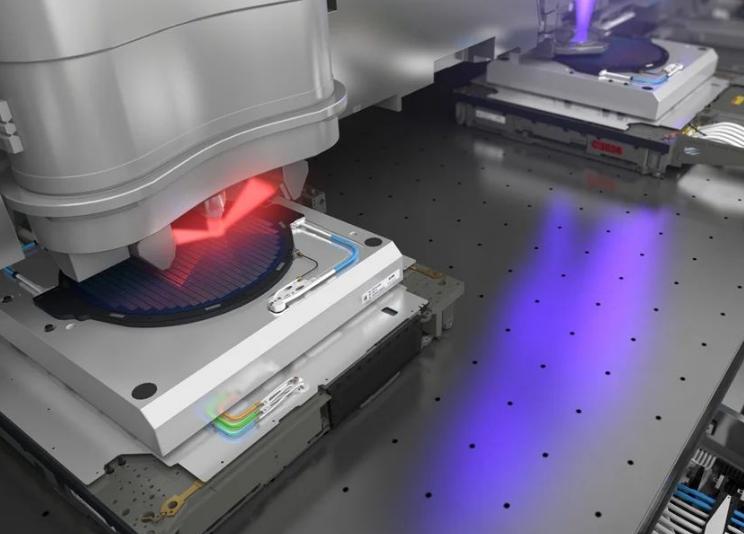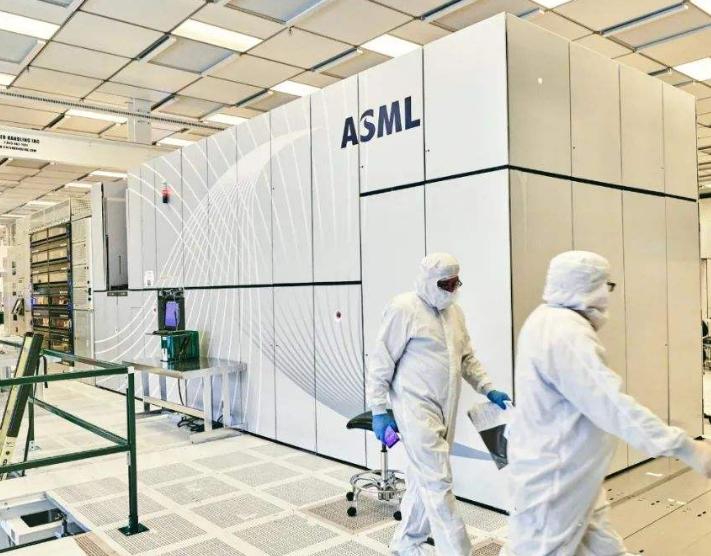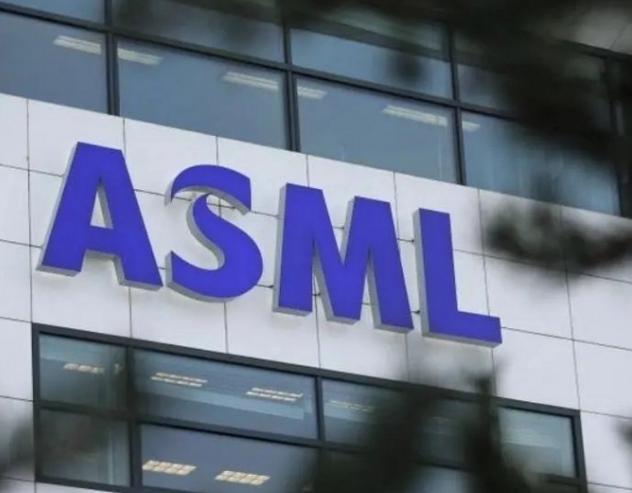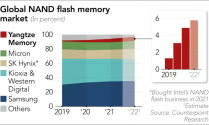Wow!!! China had a major breakthroughs in
Optical Objective Lens for EUVL, done by Peking University, aside from that other Scientific Institution also contribute with the likes of CIOMP, NUDT, SIOM, Tsinghua University, HIT, HUST, CAS Inst of Micro and CAS Inst of Chemical listed below. With such powerhouse Scientific Institution doing work to research an EUVL, it's certain a year or two we may see a working Chinese EUVL with LPP.
Peking University's breakthrough in new technology is related to EUV optical objective lenses, ASML is right
2022-06-24 19:55 HKT
At present, if you want to say what is the most difficult high-end technology in the world, then EUV lithography machine is none other than EUV lithography machine. At present, there is no company in the world that can completely independently produce EUV lithography machine. Some people may say that Asmail is not a monopoly giant in the global lithography machine at present? Isn't the global EUV lithography machine looking to buy it from Asmar?
This is indeed true. However, Asmar put it bluntly and is only responsible for the assembly work. Basically, the parts of the EUV lithography machine are provided by global companies. The reason why Asmaier can monopolize the lithography machine Trade is because Asmail has a huge global industrial chain. Therefore, Asmail's lithography machine cannot be regarded as an independent production.
However, nowadays, due to the lack of cores in the world, based on the revised rules in the United States and the fact that EUV lithography machines cannot be shipped freely, China has also embarked on the road of domestic self-developed EUV. Recently, Peking University, one of the highest universities in China, officially broke through the new technology of EUV lithography machine, and Asmail was right.
So, how important is this breakthrough of Peking University to China? The breakthrough of this achievement does not mean that China has broken through the EUV lithography machine. Then, how can China make persistent efforts in the future to strive to break through the core technology of the EUV lithography machine as soon as possible, and break the current predicament that it cannot achieve free shipping?
China breaks through EUV optical objective lens, Asmar is right
On January 26, "Journal of Semiconductors" released the top ten research progress of China's semiconductors in 2021. Among them, we can find that the research group of researcher Gao Peng of the Electron Microscopy Laboratory of Peking University has successfully made a breakthrough and mastered the scanning perspective electronic display mirror technology. What does this technology have to do with EUV lithography machines?
In order to realize the localization of EUV lithography machines as soon as possible, China has established three core directions, namely optical objective lens, light source system, and dual-stage system. The core components of these three EUV lithography machines are breakthrough directions. Today's breakthrough scanning perspective electronic display mirror technology is a very important part of optical objective lenses.
At the moment when China has made such a major breakthrough, it undoubtedly verifies what Asmar said before. This is on January 21. Asmail CEO Wen Peter believes that China is unlikely to replicate the top lithography technology. , but it does not mean that it is impossible, because China will definitely try.
Therefore, now that China has tried to break through the core technology of EUV optical objective lenses, how important is it for China to break through such a technology now?
How important is this achievement to China?
First of all, speed up getting rid of the dependence on Asmar lithography machine
Today, China has broken through the core technology in optical objective lenses, which proves that China may not be able to break through all the core technologies in the future. In the future, China may not have achieved the localization of EUV lithography machines. In this way, China may not be able to get rid of its dependence on Asmar lithography machines in the future. Moreover, this breakthrough has enabled China to finally achieve this goal, a big step forward.
Second, improve China's international prestige and enhance China's international influence
The scanning perspective electronic display mirror technology in the optical objective lens is one of the core technologies. It is very difficult to successfully tackle key problems. After all, for so many years, there has not been a country, a company, or a research institution in the world. Successful breakthrough. Today, this technology is the first to be broken by China, which will undoubtedly enable China to once again demonstrate its strong scientific research strength to the world. At a time when scientific and technological development is increasingly becoming an important factor in the competition of comprehensive national strength in the international market, it is necessary to improve China's international prestige. In terms of enhancing China's international influence, it may not be impossible.
China's success in breaking through the core technology of this EUV lithography machine is undoubtedly bad news for Asmail. Then, for Asmail, this breakthrough in China will give Asmail a chance. What kind of impact does it have on itself?
Asmar is in trouble!
China can now break through the core technology in the field of optical objective lenses, and it may not be impossible to continue to break through in the future, and it may not be impossible to completely break through the core technology of EUV lithography in the future. In this way, with the breakthrough of the core technology of EUV lithography machine, China may not be able to realize the localization of EUV lithography machine. As China may realize the localization of EUV lithography machines in the future, it is very likely that Asmail will eventually lose China, the world's largest consumer market, and it is also likely to lose a lot of economic benefits because of this. .
In addition, if we continue to let China continue to develop, there will undoubtedly be more core technologies for EUV lithography machines to be broken by China in the future. In terms of future development, it will also be a lot of trouble.
Of course, this move by China has a great impact on Asmar, but it will not have such a huge impact. At present, Asmar is deploying a new generation of lithography machines. If China does not speed up its pace, it will not If we speed up the development of localization, I am afraid that the gap between China and Asmail will become larger and larger in the future, and I am afraid that it will be more difficult for China to get rid of its dependence on Asmail. So, what will China do in the future?
How will China make persistent efforts in the future?
In the future, China may wish to increase investment in science and technology, strive to break through more core technologies of EUV lithography machines, and strive to realize the localization of EUV lithography machines as soon as possible. Of course, in this process, we should not be too impatient or too ambitious, but should calm down, take one step at a time, and be down-to-earth. Only in this way will China be able to achieve even greater achievements in the localization of EUV lithography machines in the future. And brilliant achievement.
Summarize
China Peking University has broken through new technologies and successfully broke through the core technology of optical objective lenses, which is undoubtedly a huge help for China to realize the localization of EUV lithography machines and to further get rid of its dependence on Asmail. Asmar's previous predictions about the development of China's lithography machines have undoubtedly become reality. It is hoped that in the future, China will make persistent efforts and strive for an early successful realization of the localization of EUV lithography machines.
PDF
EUVL Activities in China ... Of
CAS. (SIOM). Shanghai, China.
[email protected] ... Changchun institute of
optics, fine mechanics and physics (CIOMP).




